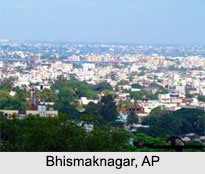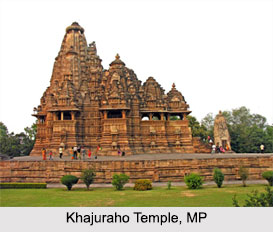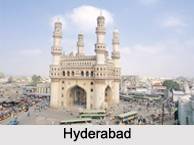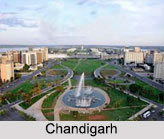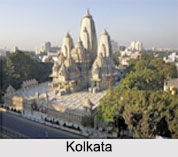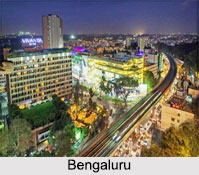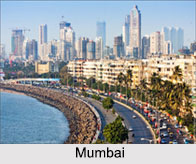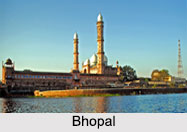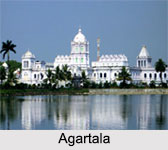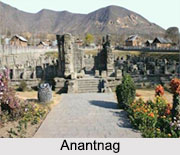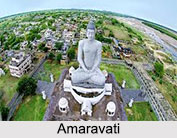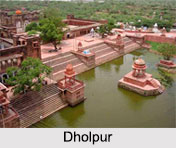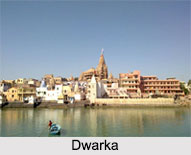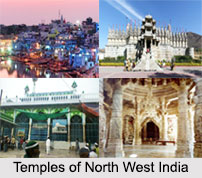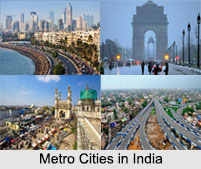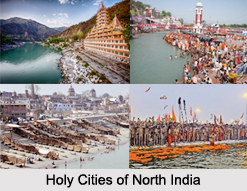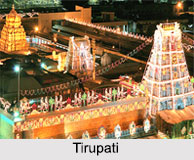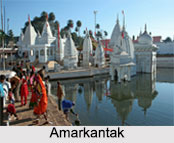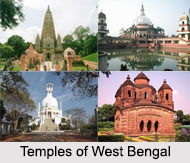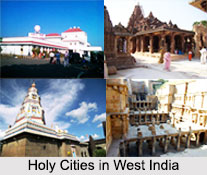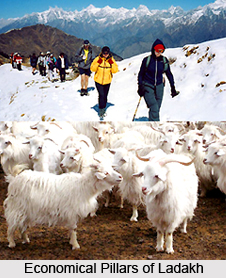 The economy of Ladakh has been based on small farms and herding. The economy is a stable and self-reliant rural economy. Crops like barley, wheat and peas are grown. Keeping livestock, especially yak, cows, dzos, sheep and goats is also a major part of pastoral farming. Livestock is also a major part of Ladakh`s economy. The Ladakh is a biomass-based economy. The main limitation in agriculture is the extreme shortage of water for irrigation. Scarcity of rainfall makes Ladakhi agriculture dependent on irrigation. Vegetables and fruit especially apricots are grown. Fruits are grown at higher elevations.
The economy of Ladakh has been based on small farms and herding. The economy is a stable and self-reliant rural economy. Crops like barley, wheat and peas are grown. Keeping livestock, especially yak, cows, dzos, sheep and goats is also a major part of pastoral farming. Livestock is also a major part of Ladakh`s economy. The Ladakh is a biomass-based economy. The main limitation in agriculture is the extreme shortage of water for irrigation. Scarcity of rainfall makes Ladakhi agriculture dependent on irrigation. Vegetables and fruit especially apricots are grown. Fruits are grown at higher elevations.
A small-scale farming system was developed by the Ladakhis. This did give a boost to the economy of Ladakh. The largest commercially sold agricultural products by Ladakh are the vegetables. Ladakhis have occupied a distinct market for selling agricultural products. Western agricultural practices like heavy use of chemical fertilizer, pesticides, have improved the agriculture thereby influencing the economy of Ladakh.
Pashmina products and dried apricots are exported from Ladakh. Due to the geographical position of Ladakh, crossroads of some important trade routes in Asia was fully exploited. The people of Ladakh collected tax on goods that crossed their kingdom from Turkistan, Tibet, Punjab and Kashmir. Some of them were merchants and caravan traders, facilitating trade in textiles, carpets, dyestuffs and narcotics between Punjab and Xinjiang. However after the closing the borders with Tibet and Central Asia this international trade has stopped.
The tourist sector has developed Ladakh`s economy to a considerable extent. Lot of tourists visit and cherish the heavenly splendour of Ladakh. The popular tourist attractions places of Ladakh like Leh, Drass valley, Suru valley, Kargil, Zanskar, Zangla, Rangdum, Padum, Phugthal, Sani, Stongdey, Shyok Valley, Sankoo, Salt Valley, the Nubra valley and many more. Some are employed in the tourism industry. The extended employment and large-scale infrastructure projects in addition to the road links have also helped the economy of Ladakh. However the tourism industry is not uniformly distributed throughout Ladakh. Major population lives outside the business district.
The economy of Ladakh is still improving due to the alternatives offered by different government sectors and tourism apart from agricultural sectors.
